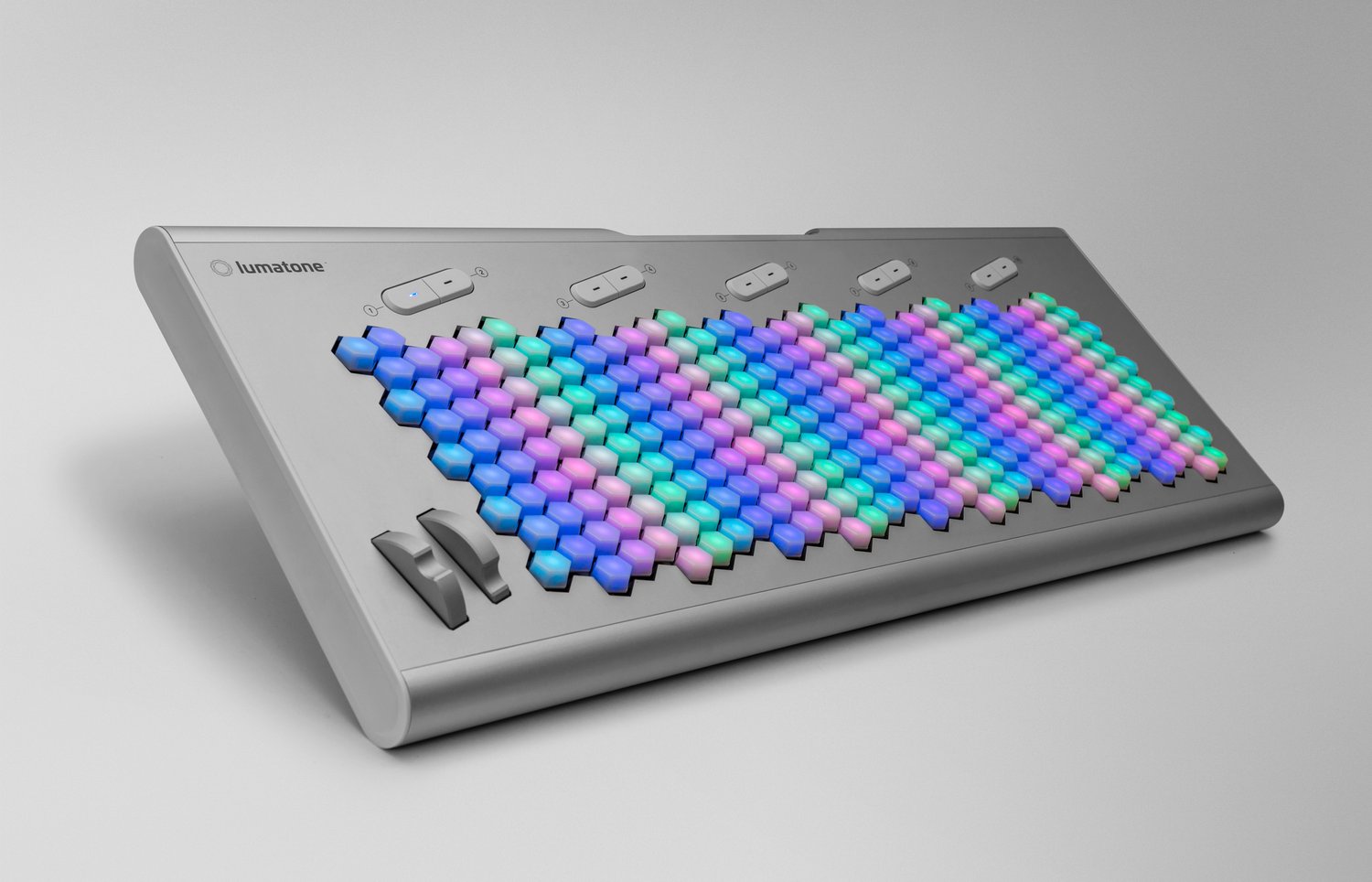Yeah, I think there are enthusiasts deeply concerns with the subtleties of TET, EDO, etc. but I don’t have the time to become one of them. After years and careers, they can hear and identify tone relationships that I can’t possibly, which only goes to prove that tunings are cultural, not natural, but you need a long time before they feel natural, like speaking your native language.
I’m glad I went for the full-size LinnStrument because I’m quickly finding uses for the extra keys. I see no advantage at all to the LS 128 unless you need to save the money because the weight and size differences don’t make much difference to this already-light and compact controller.
For 19 EDO, I space the rows 5 microtones apart, as I do for the 12-note chromatic scale, i.e., spaced in fourths, like a bass guitar. In fact, I always tune my guitars in all fourths because I’m a bass player. The LS’s spacing choices are only 3, 5, 7, and NO OVERLAP. Then I customize the lighting to light up C in cyan and the remaining notes of C major in green. An extremely close approximation of the Western major scale is contained inside 19 EDO. This scheme provides landmarks all over the keyboard, feels kind of natural, and is the same as your idea about highlighting strategic subsets within EDO 55. I think it’s just luck that 19 EDO works out so neatly with the LS’s rectangle of squares. Other EDOs would take a lot of experimentation on the Lumatone to see what works best. Here’s a pic from the lighting controller app I use because I can’t take a photo right now:
You can see that every 5x4 block comprises an octave, with the bottom left note exactly an octave below that block’s top right note. This works out well for visually keeping track of what the hell you’re doing.
“Isomorphic” simply means that chords and intervals have the same geometry across the entire keyboard. This rectangle of squares is isomorphic. My guitar in all fourths is practically isomorphic because chords have the same shape across the fretboard, it’s just that the frets get narrower. I think guitarists are wacky for not doing as I do.  There are other isometric configurations that have nothing to do with the Lumatone’s hexes. The piano isn’t isomorphic, but the advantage there is that you don’t have to watch your hands 24/7 to track their location. If you look at YouTube videos of LinnStrumentalists, you’ll see their eyes are locked on their hands 100% of the time, and that’s an issue and substantial downside that I expect the Lumatone to have as well.
There are other isometric configurations that have nothing to do with the Lumatone’s hexes. The piano isn’t isomorphic, but the advantage there is that you don’t have to watch your hands 24/7 to track their location. If you look at YouTube videos of LinnStrumentalists, you’ll see their eyes are locked on their hands 100% of the time, and that’s an issue and substantial downside that I expect the Lumatone to have as well.





